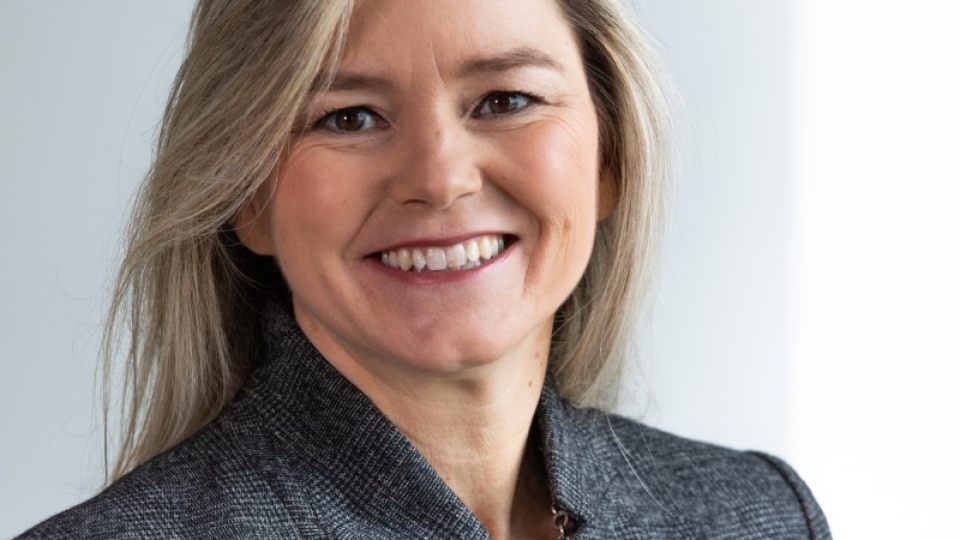
IT Europa previously reported on the moves cloud data management vendor Commvault is making to stay relevant and compete in a fiercely contested market. Here, we sit down with Darren Thomson (pictured), the company’s recently hired EMEA Field CTO, to find out how the channel will play its part in supporting the company’s aims.
Thomson isn’t your average chief technology officer. While he has technology in his veins, the concept of improved sales delivery and support is top of mind, as his job title perhaps indicates.
Thomson’s presentation to customers and partners at the company’s SHIFT event last week, set out the difficulties and confusion faced by organisations seeking to better protect their data, while also demonstrating the opportunities partners of the 100%-channel vendor could take advantage of.
“We’ve been obsessing about protection, but we have to spend more effort on recovery,” said Thomson. “While we do have to reduce the attack surface to help reduce threats in the first place, the CISO [certified information security officer] is caught in a hamster wheel of buying more, with sky-rocketing costs.”
Thomson said the larger amounts of data being created from evermore security tools can also sometimes actually mask data breaches. “We need to discover the threats before the breaches,” he said.
He added the rush to create value from new services also meant adequate security was not in place before doing so. This, he said, was demonstrated by the move to the cloud, social networking, the Internet of Things, automated supply chains, remote working and artificial intelligence.
And this is all going on while most organisations still aren’t sure who is primarily responsible for preventing and dealing with attacks, he said. Is it the infrastructure team under the chief information officer or the CISO?, he asked.
Along with newer elements of the Commvault Cloud Powered by Metallic AI offering, like Threat Scan, Risk Governance, and the Arlie AI co-pilot, the SHIFT event introduced Cleanroom Recovery. This technology is now hosted on the Microsoft Azure cloud and can be used by customers to consistently and regularly test and clean up their applications and data stores against present and potential threats.
Thomson said Cleanroom Recovery offered customers the chance to demonstrate their preparedness for any cyber attack, and could be used to help them reduce their cyber insurance premiums. “Our partners are already very excited about the opportunities offered by Cleanroom Recovery, they will be the ones selling the service to customers,” he said.
On his new role at the vendor, Thomson explained: “Data security is now a board-level topic, and in the field you don’t send an engineer to talk to them about it. I’m in the field talking to them, not discussing how they want to do things, but what they want to do.
“I don’t even know all the details about all the products. I don’t want to know and don’t need to know.” Commvault’s partners will presumably be there to fill in the details when the deals are about to be struck.
Thomson once did the same job at Commvault’s arch rival Veritas, so the formula isn’t completely novel.
Thomson had plenty to say about Cohesity’s recent move to acquire the cyber protection business of Veritas too. “This isn’t going to do us any harm. It’s a confusing time for their customers and partners. I know the leadership there and it’s now going to take them three years to fully integrate all the products. It’s not what their customers need.”
On Commvault’s position in the market, Thomson said: “It feel like I’m working for the oldest startup in the world, with all the history and heritage. And we have a tailwind behind us after posting one of the best quarters in our 27-year history.”
The third quarter saw the firm report that sales were $216.8m, up 11% year-over-year, and that ARR had grown to $752m, up 17% annually.
After a difficult few years, one of the industry old guard may well be back in the crowded cloud data management market.







